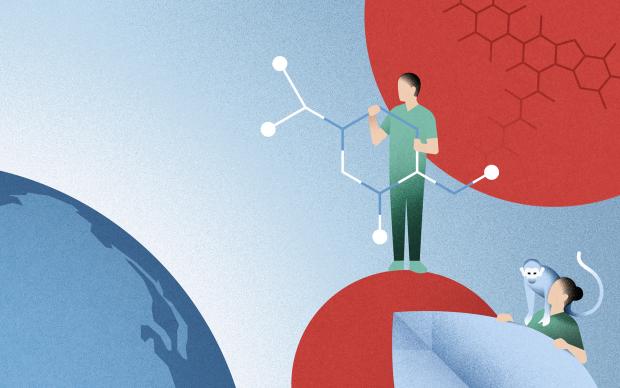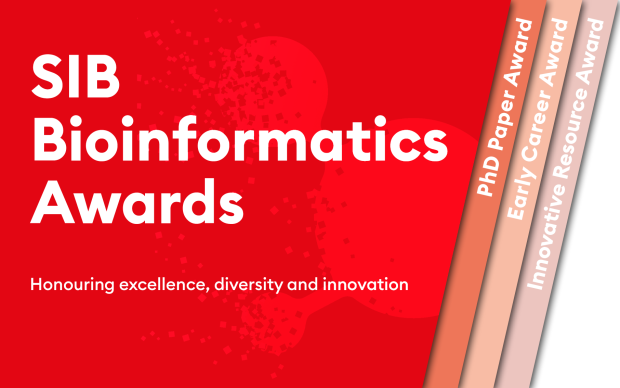MetaNetX/MNXref: A unified namespace for metabolic models

Capturing biological pathways is a massive database challenge: it implies representing metabolites in a way that is understandable to both humans and computers, and which enables their interconnection through the biochemical reactions they engage in. A number of public resources depict one or other of these aspects, but achieving interoperability among them is the crux. The database presented in this in silico talk offers a solution to this end. SIB’s Marco Pagni from our Vital-IT group highlights what sets MetaNetX/MNXref apart and how it powers a range of applications, from metabolic models to synthetic biology and bioengineering.
About the in silico talks series – The latest in bioinformatics by SIB Scientists
The in silico talks online series aims to inform bioinformaticians, life scientists and clinicians about the latest advances led by SIB Scientists on a wide range of topics in bioinformatics methods, research and resources. Stay abreast of the latest developments, get exclusive insights into recent papers, and discover how these advances might help you in your work or research, by subscribing to the in silico talks mailing list.
What has the story of the Tower of Babel to do with the way metabolic networks are currently described? A clue: the diversity of languages used to describe them. As Marco puts it in his talk, “Models published by different groups are very hard to compare and reconcile.”
Indeed, several databases already exist and focus on one or more layers of metabolism-related information: the description of metabolites (i.e. chemical compounds) per se, the chemical reactions they are involved in, or Genome-Scale Metabolic Networks (i.e. the metabolic models that capture the different reactions involved in a specific biological process).
MetaNetX/MNXref is designed as a “multilingual dictionary” linking the major public resources related to metabolism.
Listen to Marco explaining the challenge building such a resource represents, and how the resulting dataset in its latest release, which includes over 1 million metabolites and over 50K reactions, can be used to identify essential reactions in a pathway or guide the design of experimental studies.
Reference(s)
Moretti S et al. MetaNetX/MNXref: unified namespace for metabolites and biochemical reactions in the context of metabolic models, Nucleid Acids Research 2021.






